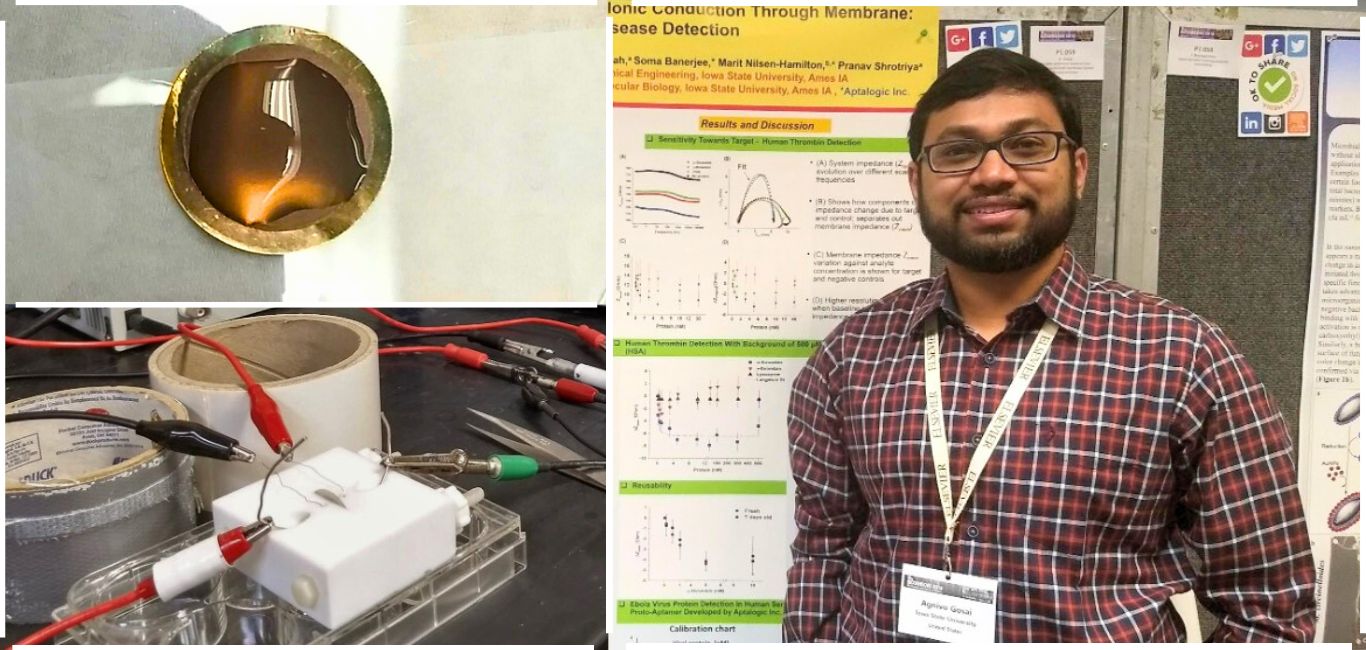
Microneedles, arrays of micron-sized needles embedded in a patch, are showing increased potential as delivery methods for vaccines and medicines. Less painful and more accurate than injections, microneedles could prove viable alternatives to needles, biopsies, and endoscopies.
Given this potential, researchers in India and the US are exploring how microneedle technology can be used for personalised medicine.
Indian scientists leading the charge
At the Institute for Drug Delivery and Biomedical Research (IDBR) in Bengaluru, a team led by Dr H.N Shivakumar is looking for ways to improve current microneedling techniques.
One drawback with the technology is its inability to deliver large drug doses, or access certain sensitive regions like the mucosa, back of the eye, or nails. Solving both, the team developed a coating for the needle that prevents material loss and allows for drug delivery to dermal, transdermal and mucosal tissues.
While dermal delivery targets the skin, transdermal delivery allows drugs to pass through the skin into the bloodstream.
Dr Narasimha Murthy, Founder Director, IDBR explains, “With promising microneedle technology, it would be possible to bypass the stratum corneum (the uppermost layer of the skin consisting of tightly packed dead cells and lipids filled in between the cells) and deliver large molecules into the region where antigens are located.”
In March, researchers from BITS Pilani developed a dissolvable microneedle patch for targeted delivery drugs to treat oral carcinoma. The patch’s tiny needles penetrate the inner cheek, allowing localised drug release and minimizing side effects. The study, conducted in animal models, was published in the Journal of Chemical Sciences.
The American breakthroughs
More recently, scientists at the Institute for Medical Engineering and Science (IMES), Massachusetts Institute of Technology, Cambridge made a significant upgrade to the microneedle delivery method.
This breakthrough is remarkable because it can do two important things: First, it can deliver immune activators to the desired locations in the body. This helps boost the immune system and fight off diseases more effectively. Second, it collects a special fluid called interstitial skin fluid (ISF) from the skin. This fluid can tell us how well the treatment is working by monitoring the body’s response to it.
The need for efficient drug delivery
Delivering drugs through the skin has been a longstanding challenge for researchers. The outermost layer of the skin, known as the stratum corneum, acts as a formidable barrier that restricts the penetration of larger molecules. While injections are currently the most efficient mode of drug delivery, they are invasive and often accompanied by post-administration complications. Therefore, there was a need for an alternative method that can efficiently deliver drugs across tissues, including larger molecules that faced barriers in the past.
Microneedles are cut-out for this task, as a minimally invasive approach to topical drug delivery.
Microneedles for cancer
Microneedle technology holds promising prospects for advancing cancer treatment and immunotherapy, offering potential in these vital areas of medical research.
Envision a scenario where cancer immunotherapy, which harnesses the immune system’s power to specifically target and destroy cancer cells, could be administered through a simple, painless, and minimally invasive device.
In a study published in the journal Theranostics in 2023, researchers developed tiny microneedles (MNs) that deliver immune-boosting substances and collect fluid from the skin to monitor the effectiveness of cancer treatment. These MNs contained special particles loaded with a drug that fights cancer.
By analysing the collected fluid, researchers discovered immune markers that indicated the treatment was having a positive effect. When applied to the skin of mice with melanoma and colon cancer, the MNs stimulated the immune system and reduced tumour growth. This finding suggests that these MNs can effectively deliver the drug to the tumour site and allow monitoring of the immune response to treatment. It holds promise for developing new treatments and detecting cancer markers.
“The collection of interstitial fluid through microneedles provides ample diagnostic potential, including the assessment of immune response,” says Dr Kevin Ita, professor of Pharmaceutics and Drug Delivery at Touro Universit California.
Dr Murthy acknowledged the effectiveness of cutaneous delivery for melanoma treatment but highlighted the limited availability of anti-cancer drugs administered through this method. However, he emphasised that the administration of vaccines, immunotherapeutic drugs, supplements, and other noncytotoxic medications for various types of cancer “would be feasible using this approach”.
In a recent publication in the Journal of Controlled Release, a group of researchers explored the application of microneedles in diagnosing and treating breast cancer. Their study highlighted the successful noninvasive delivery of anticancer compounds, taking into account crucial factors such as body weight, breast tumor size, and drug circulation time. The research also emphasized the potential of microneedles in delivering multiple drugs simultaneously and controlling their release, leading to optimized treatment outcomes and reduced drug-drug interactions.
The role of thumb pressure in microneedle array application
Applying a microneedle array patch is not very different from putting on an adhesive bandages. “The subjects may have to apply mild thumb pressure on the area where the array is placed on the patch to aid the penetration of microneedles into the tissue,” advised Dr Murthy.
Dr Ita described the patch as approximately 25 cm2 in size, roughly the size of a tiny postage stamp.
From skincare to regulated drug delivery
The microneedle technology is already in use for cosmetic applications for the delivery of skin nutrients and to improve aesthetics. “Eventually when the regulatory agencies approve the device for the delivery of drugs, they would determine if the product needed to be sold as by prescription only or not,” says Dr Murthy.
“Microneedle technology has not yet been approved for clinical use, but the platform is undergoing clinical trials in different countries,” said Dr Ita.
The potential challenges are mainly related to safety issues, including preventing the risk of infections.
















